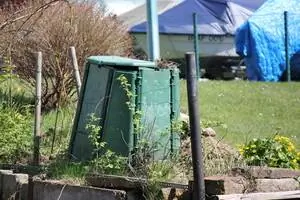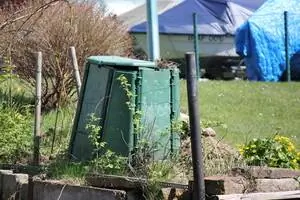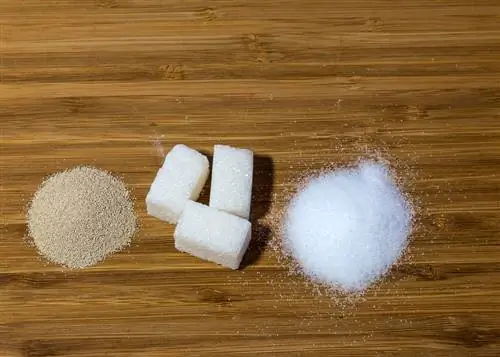- Author admin [email protected].
- Public 2024-01-10 23:11.
- Last modified 2025-01-23 11:19.
Before applying the compost to the beds, it may be appropriate to sift it. This article describes which sieving method has proven to be effective.

How can you sieve compost effectively?
Compost screening separates finished ripening compost from non-rotting material. Effective sieving methods include electronic sieving devices, throw-through sieves or homemade sieves made of wooden frames and wire mesh. The sifted compost can easily be applied to beds or left to rot further.
Why sieve compost
The purpose of compost screening is to separate finished ripe compost from material that has not yet completely rotted. Some materials such as larger pieces of branches, nut shells or eggshells take longer to rot than vegetable scraps, for example. So that the finished compost can still be used, you can use the sieving method. In general, there is nothing wrong with spreading compost soil with small pieces of branches on the beds. However, some plants may be sensitive to fresh compost. In addition, unfinished compost removes nitrogen from the soil as it is needed for rotting.
This is the most effective way to sieve the compost
Basically there are three ways to sieve the compost effectively: electronic sieves are the most convenient option. For most hobby gardeners, however, the costs are disproportionate to the labor savings. Pass-through sieves with galvanized wire are often used. To prepare, a large tarpaulin is placed on the ground, the sieve is placed at an angle and the compost is thrown through vigorously with a shovel. Coarse components fall off while the fine humus trickles through the sieve.
The third variant is a self-made sieve. To do this, take a wooden frame and cover it with strong wire mesh or rabbit wire (staple it). Both the sieve and the self-made version can also be placed on a wheelbarrow for the sake of simplicity. The sifted compost is then immediately available in the cart and can easily be taken to the right place. The disadvantage is that the coarse components remain on the sieve and have to be scraped off with the shovel or shaken off the sieve. Maybe try placing the sieve in the wheelbarrow at an angle. A brick prevents the sieve from slipping.






